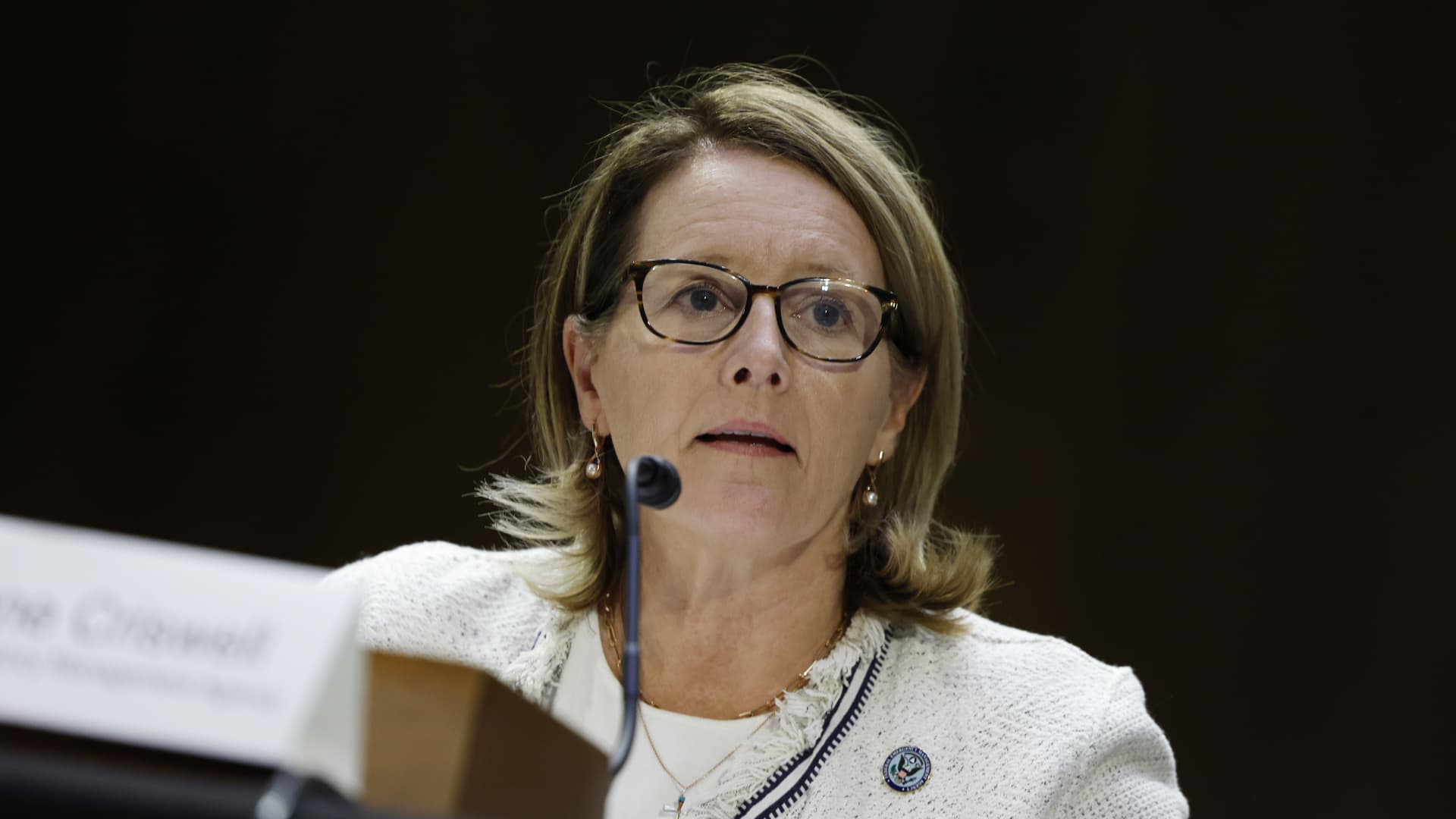U.S. Military Prepared to Tackle California Wildfires: A Vital Response to Climate Challenges
As wildfires rage through California, the announcement from FEMA Administrator Deanne Criswell regarding the readiness of the U.S. military to assist in the firefighting efforts is both timely and crucial. The ongoing climate crisis has intensified the frequency and severity of such disasters, making it imperative for federal, state, and local agencies to collaborate effectively to protect lives and property.
The Severity of California Wildfires
California has been no stranger to wildfires. However, the recent years have witnessed an alarming increase in their intensity. Factors such as prolonged drought, extreme heat, and changing weather patterns have contributed to the fuel load in forests and grasslands, creating conditions ripe for wildfires. The state has experienced catastrophic fires that have devastated communities, destroyed homes, and led to loss of life.
- Increased Frequency: According to Cal Fire, in the last decade, the number of acres burned has surged dramatically, with 2020 being one of the worst years on record.
- Impact on Communities: Thousands of residents have been evacuated, and entire towns have been reduced to ashes.
- Environmental Consequences: The ecological impact is profound, with wildlife habitats destroyed and significant carbon emissions released into the atmosphere.
Given these alarming trends, the mobilization of the U.S. military signifies a recognition of the gravity of the situation and the necessity for robust intervention strategies.
The Role of the U.S. Military in Firefighting Efforts
The U.S. military is well-equipped to provide support in emergency situations, including natural disasters like wildfires. Their involvement can take many forms:
- Aerial Support: The military has various aircraft capable of conducting water drops and aerial reconnaissance, providing critical information to ground crews.
- Logistical Assistance: Military personnel can assist with logistics, supply chain management, and transportation of resources to remote areas.
- Search and Rescue Operations: In the aftermath of evacuations, military units can aid in search and rescue missions to locate missing individuals.
Moreover, the military’s structured approach to operations can enhance coordination among various agencies involved in firefighting efforts. The integration of resources can lead to more effective strategies and a faster response time.
FEMA’s Strategic Coordination
FEMA plays a pivotal role in orchestrating disaster response efforts. With the military ready to assist, FEMA can effectively coordinate the deployment of resources where they are needed most. Administrator Criswell emphasized the importance of preparedness and collaboration:
“The U.S. military’s readiness to engage in this fight against wildfires is a testament to our commitment to safeguarding communities at risk. Our collective response must be swift and coordinated.”
The collaboration between FEMA and the military illustrates a broader trend in disaster management: the necessity of a multi-agency approach that leverages the strengths of various organizations. This comprehensive strategy not only aids in immediate firefighting efforts but also paves the way for long-term recovery and resilience.
Climate Change: A Growing Challenge
The increasing severity of wildfires is a stark reminder of the impacts of climate change. As temperatures rise and weather patterns shift, regions that were once considered safe from such disasters are now facing unprecedented risks. Experts warn that without substantial efforts to combat climate change, the frequency of these catastrophic events will continue to escalate.
- Mitigation Efforts: The importance of sustainable land management practices, reforestation, and investment in renewable energy sources cannot be overstated.
- Community Preparedness: Local communities must be educated about fire safety and evacuation protocols to reduce risks.
- Policy Changes: Policymakers need to prioritize climate resilience in urban planning and infrastructure development.
As the military prepares to tackle California wildfires, it is imperative to also focus on prevention and long-term strategies to address the root causes of these disasters.
Community Response and Resilience
Communities play a critical role in wildfire response and recovery. Local organizations, volunteer groups, and residents themselves are often the first responders in emergencies. Their efforts complement those of federal and state agencies, creating a robust safety net during disasters.
- Volunteer Efforts: Many communities have established volunteer fire brigades and disaster response teams trained to assist during emergencies.
- Education and Awareness: Programs that educate residents about fire safety, evacuation routes, and emergency preparedness are crucial.
- Building Back Better: Post-disaster recovery efforts should focus on resilience, including fire-resistant building materials and improved infrastructure.
The proactive involvement of the U.S. military, alongside community initiatives, exemplifies a united front against the challenges posed by wildfires. Together, they can enhance the overall effectiveness of response strategies and foster a sense of security among residents.
Looking Ahead: A Call for Action
As California continues to grapple with the threat of wildfires, the readiness of the U.S. military to assist is a beacon of hope. However, it also serves as a call to action for all stakeholders involved. The need for a concerted effort to address climate change, enhance community preparedness, and support sustainable practices has never been more urgent.
In conclusion, while the immediate response to the wildfires is critical, it is equally important to reflect on the long-term strategies that can mitigate future risks. By combining the strengths of military resources with community resilience and proactive climate policies, we can better prepare for the challenges that lie ahead.
As we face these unprecedented challenges together, let us advocate for a sustainable future, where preparedness and resilience become ingrained in our communities, ensuring safety for all Californians.
See more Your Daily Weather



